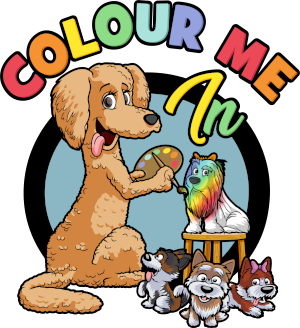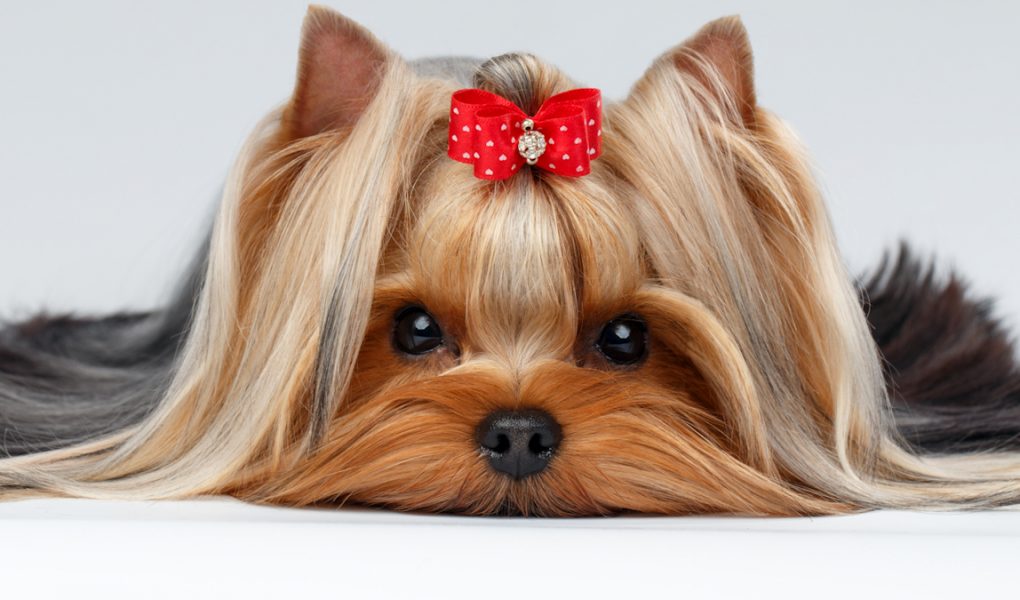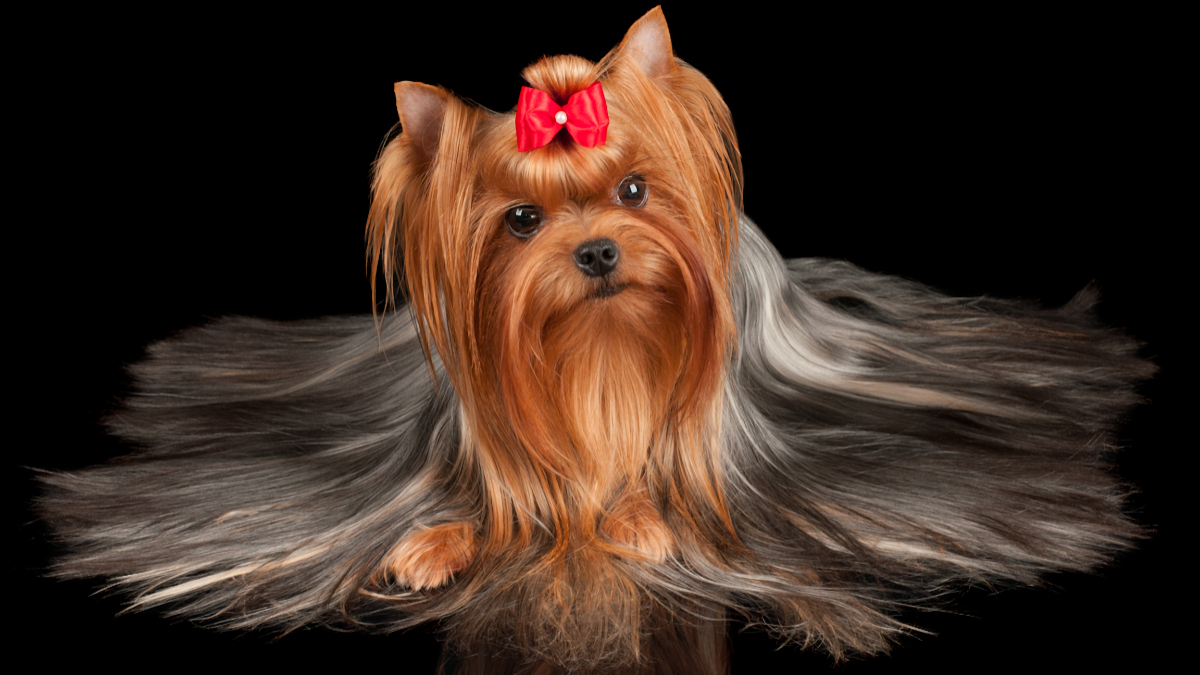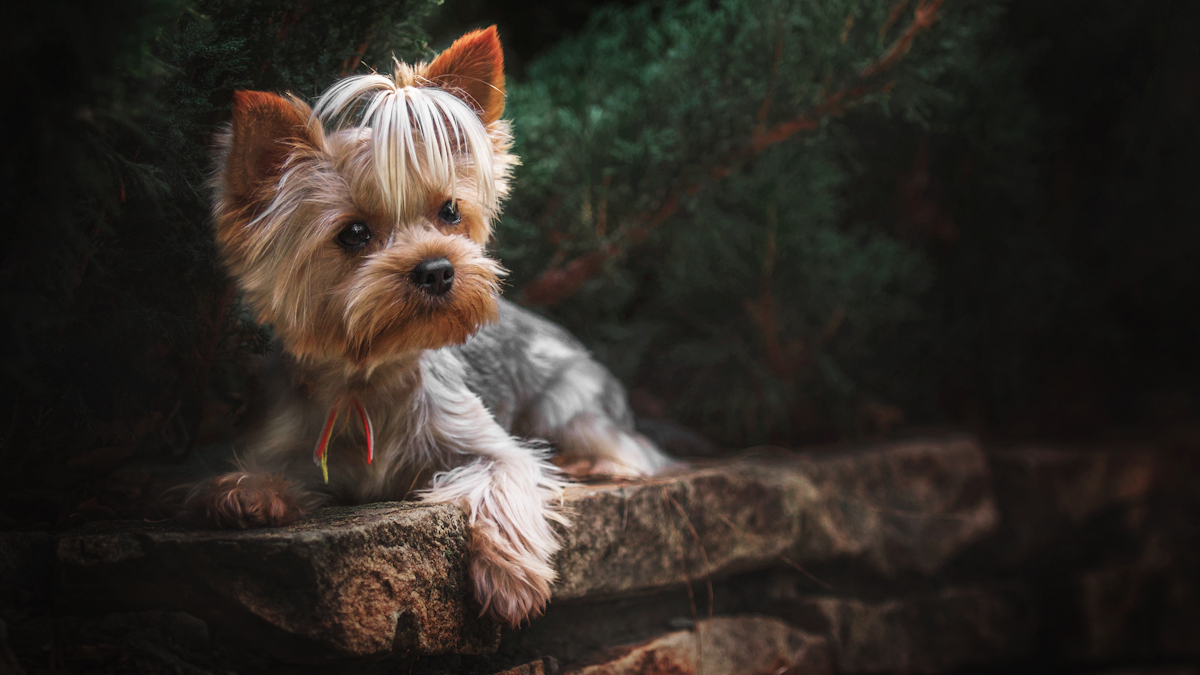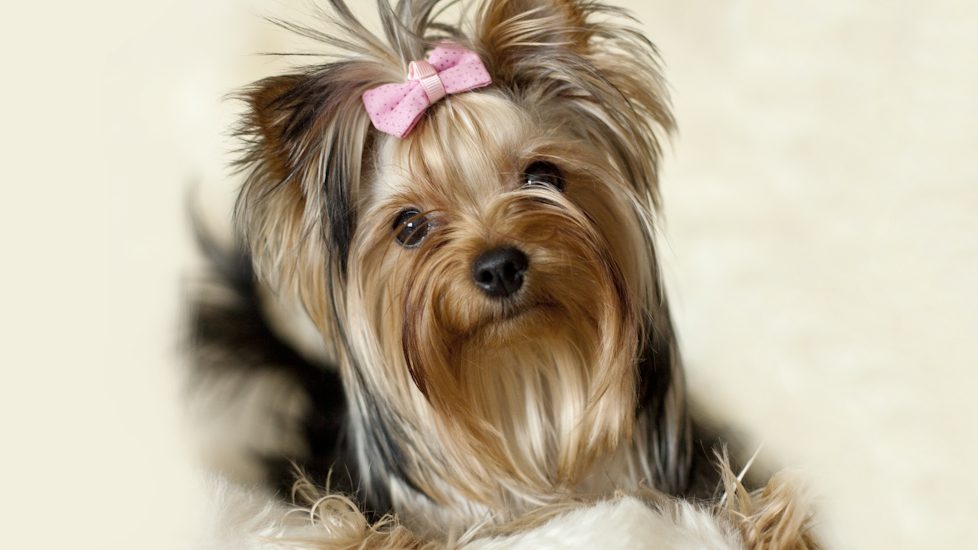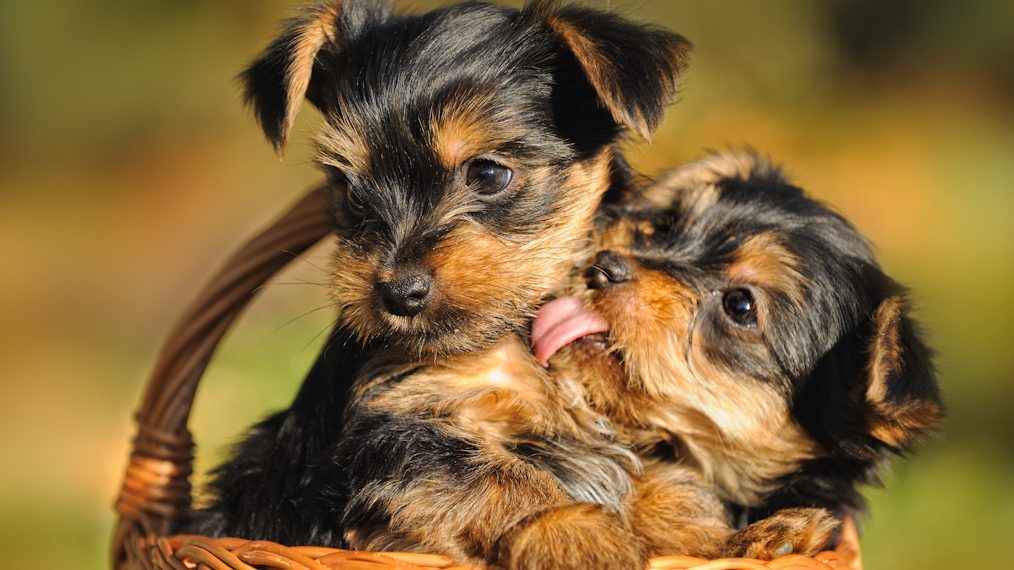Primarily the Yorkshire Terrier was created specifically for controlling vermin in the Coal Mines, Cotton and Woolen Mills of Yorkshire in the 19th century. The Scots often travelled to the North Of England for work accompanied with their dogs, amongst them the Clydesdale, Skye, Maltese and Paisley Terriers. Many were cross bred with the local dogs frequently black and tan terriers and eventually the Yorkshire Terrier was established as a breed by the Kennel Club in 1874.
Fundamentally all dog breeds were developed for specific characteristics, size, stature, and purpose. The breeds we know of today all started by mating different types of dog with one another and in cross breeding DNA characteristics were passed on from one generation to another including their colour genetics. Sometimes certain colours and coat patterns when passed on are expressed whilst others remain hidden depending whether or not a colour gene is dominant or recessive.
Eventually after many generations a breed standard is set by the relevant governing stud books and the breeds we know of today must adhere to the criteria outlined by the stud book for showing and puppy registration purposes.
With the knowledge that a wide variety of breeds were used to establish the Yorkshire Terrier as a breed we know that different breeds carry a wide variety of colours and coat patterns. However with generations of breeding for specific coat patterns and colours it is eventually possible to eradicate undesirable colours and patterns from a specific breed, that said this is often achieved by “masking” recessive colour genetics with dominant colours and patterns. It is therefore scientifically proven that colour and pattern variations within a breed population will on occasion be produced in a litter of puppies.
With a much better understanding of colour genetics the Kennel Club do allow the registration of a variety of colours in many breeds however dogs that do not conform to the specific breed standard cannot be shown.
Temperament
The Yorkshire Terrier whilst presented as a somewhat small, glamourous, silky long coated dog in the showring, it is important to note that historically they were bred for braveness when faced with rats and continue to be brave hearted and feisty, often not aware of their tiny size!
For decades these small dogs were also bred for companionship and have a strong desire to be with or close to their owners and in some instances the breed are known to suffer from separation anxiety when left on their own.
We hope that you find this summary informative as to why we are now seeing an ever increasing number of Yorkshire Terrier puppies advertised in a diverse range of colours, that said, a Yorkshire Terrier Puppy although in a different colour should be as close as possible to the breed standard of the Yorkshire Terrier outlined by the Kennel Club.
